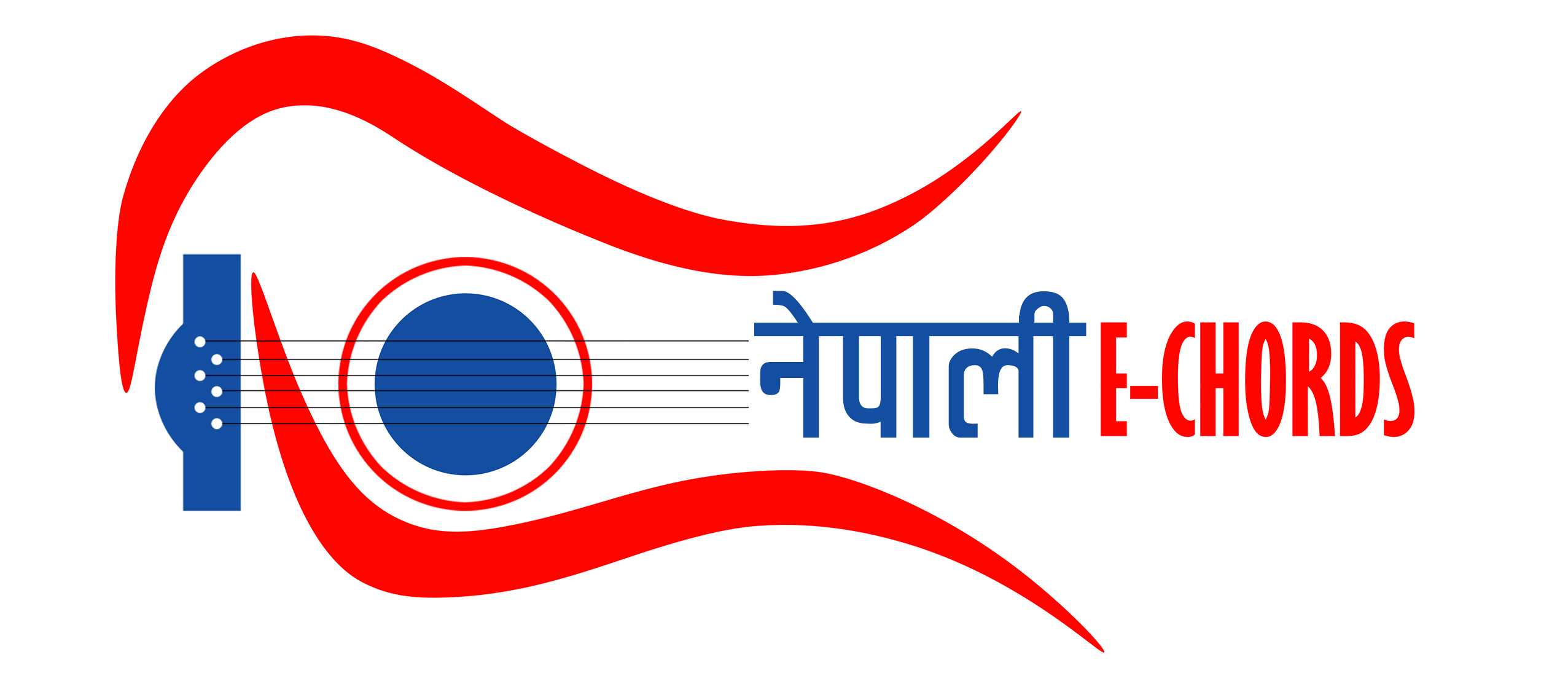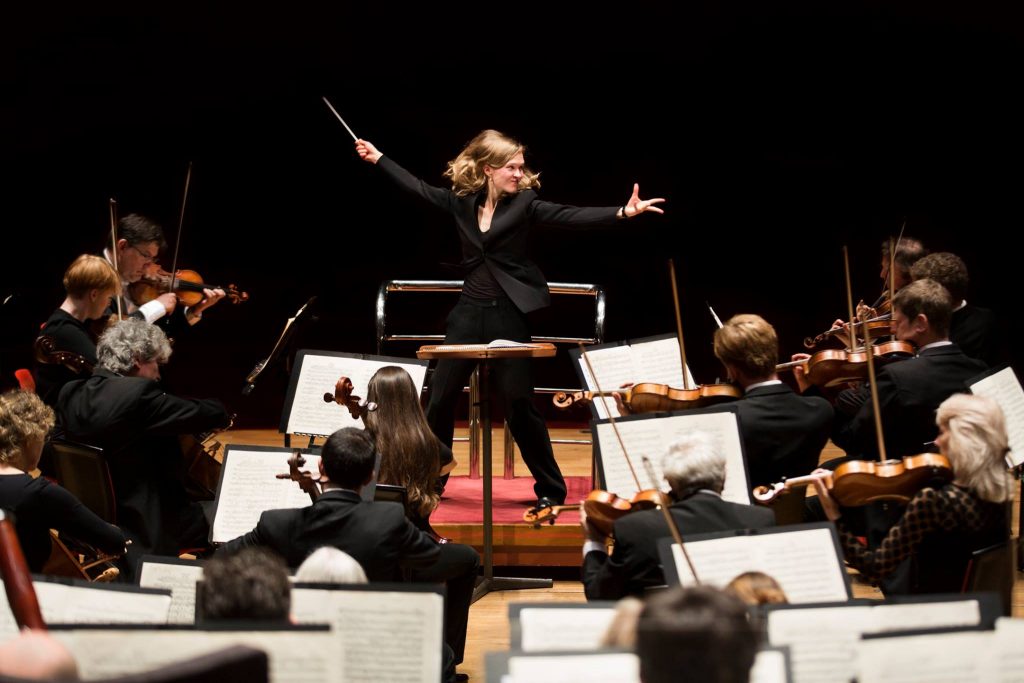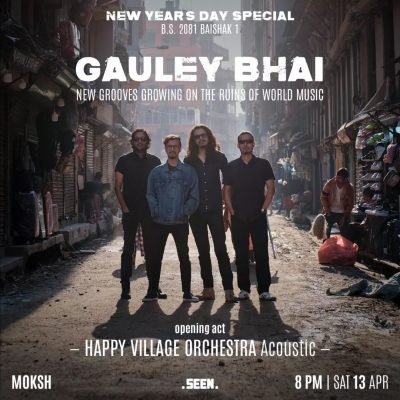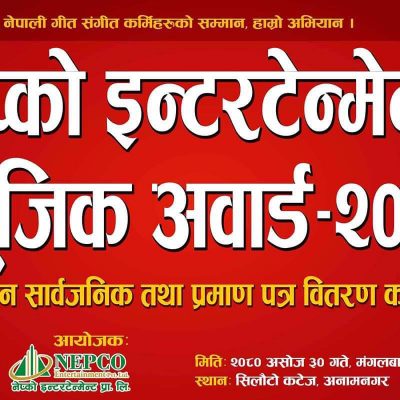Kathmandu- To play music together, different performers need to be playing at the same speed. A conductor provides the tempo for the orchestra.
A music conductor directs an ensemble to allow them to fully step into and express the music. In this way, the role of a music conductor in an orchestra is very similar to that of a director in theatre or film.
Music conductors must possess a wide variety of skills. Conductors need musical comprehension to read and analyse orchestra conductor sheet music with many parts per page very quickly. They also need an excellent ear to hear the overall sound of the ensemble whilst picking out individual parts or players.
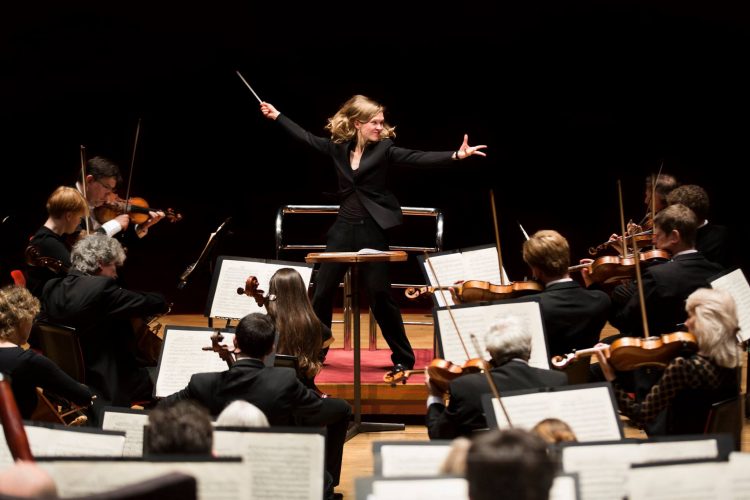 Further, confident visual direction is essential to give clear signals to instrumentalists. Finally, and perhaps most importantly, musical conductors need to be able to communicate sensitively. Whether that’s providing constructive criticism in rehearsals or subtle shifts in ‘feel’ during play. Communication should be open and inviting for the players.
Further, confident visual direction is essential to give clear signals to instrumentalists. Finally, and perhaps most importantly, musical conductors need to be able to communicate sensitively. Whether that’s providing constructive criticism in rehearsals or subtle shifts in ‘feel’ during play. Communication should be open and inviting for the players.
In technical terms, conductors must have a clear beat pattern which they are able to modify and to give clear upbeats. How you give the upbeat can convey entry, tempo, dynamic, and energy. 3-beat patterns require conductors to move their hand or baton in a triangle pattern. 4-beat patterns are a little more complex.
Skilled musicians and conductors are said to have an internalised metronome. Enabling them to recognise if the performers are lagging or speeding up. This might sound easy. But it can be especially challenging in live settings when time can seem to move differently. Ensembles often tend to speed up with the rising energy of the music. Conductors must be able to hear this and rectify it at speed.

